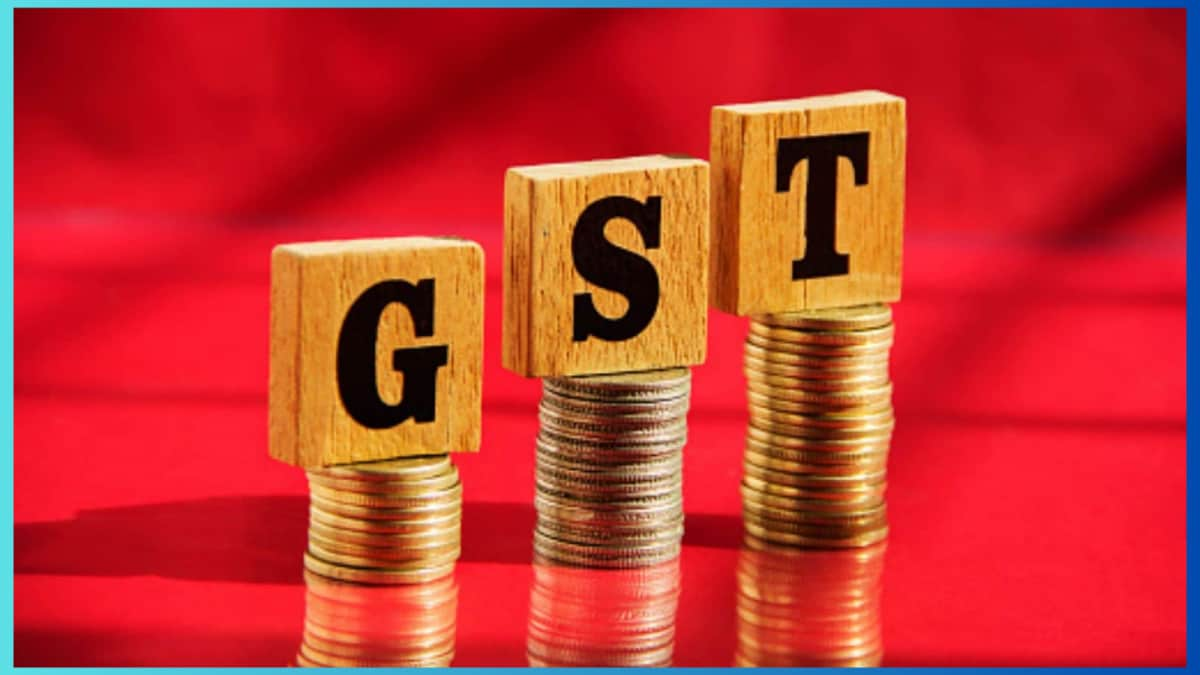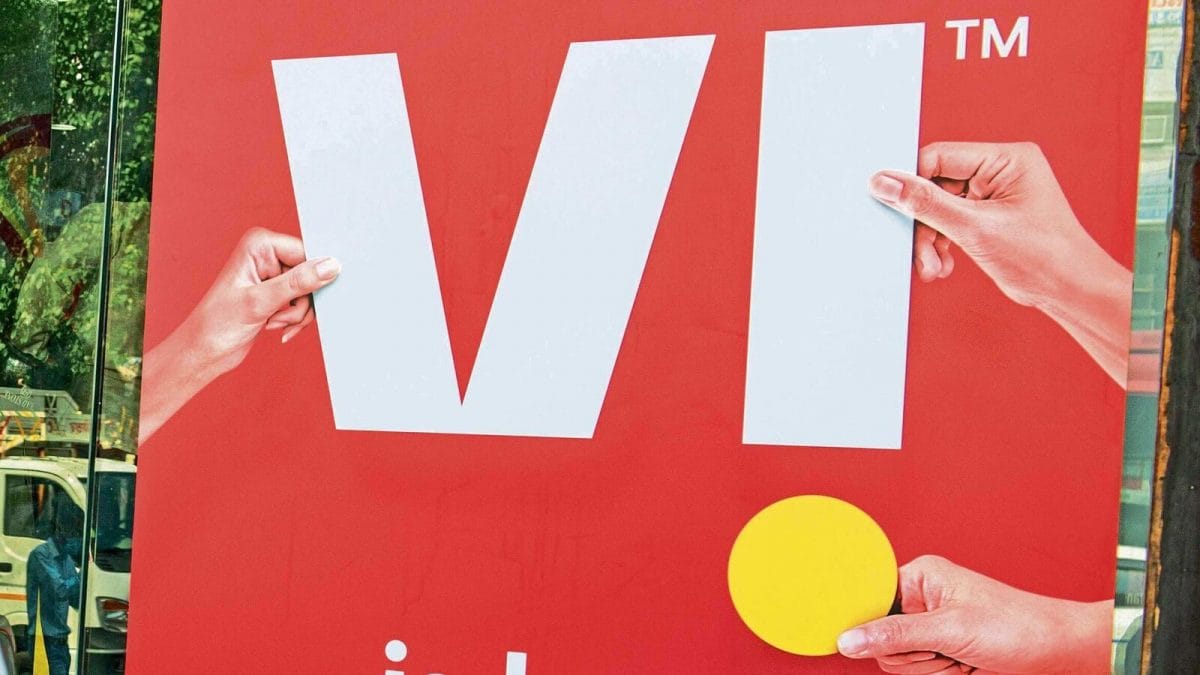Last Updated:
As GST 2.0 reforms simplify compliance, cut costs, and stoke consumer spending, brokerage firms turn overweight on sectors like autos, healthcare, BFSI, and consumer discretionary.

The overhaul of the indirect tax regime collapses the earlier four-slab system of 5%, 12%, 18%, and 28% into just two: 5% and 18%.
India’s GST 2.0 reform marks a decisive shift in the government’s growth playbook — from infrastructure-led acceleration to demand-driven expansion. More than a tax tweak, this is a structural reform aimed at simplifying compliance, cutting costs, and stoking consumer spending. Analysts have turned bullish on the consumption space, including auto, consumer discretionary, and BFSI.
The overhaul of the indirect tax regime collapses the earlier four-slab system of 5%, 12%, 18%, and 28% into just two: 5% and 18%. A demerit rate of 40% will apply only to luxury and sin goods. This simplification signals the government’s intent to promote affordability, efficiency, and mass consumption. It aligns India with global practice — nearly three-quarters of countries with GST or VAT have single or dual-rate structures in place.
Supporting the fiscal push, earlier income-tax changes have already expanded household disposable income, while the RBI’s liquidity measures ensure supportive credit conditions. Gross GST revenues in September touched Rs 1.89 lakh crore, up 9.1% year-on-year, with import-linked GST surging 15.6% and domestic GST up 6.8% suggesting robustness and not too high an impact of pre-GST slowdown.
Sectoral Tailwinds
“The rate reset will likely energise several sectors. In consumer goods, rate reductions on packaged food, confectionery, and bakery products will directly lower prices, while electronics such as TVs, ACs, and dishwashers now fall to the 18% slab. Lifestyle segments and discretionary segments could see renewed buoyancy,” Vikas Biyani, associate director & portfolio advisor at portfolio management services firm Multi-Act.
The automotive sector stands to gain meaningfully. Small cars, motorcycles, and commercial vehicles now attract 18% GST instead of 28%, while all auto components move to a uniform 18%. EVs continue at 5%, reinforcing the clean-mobility push, whereas luxury vehicles will draw 40%. Dealers expect a near-term volume uptick.
In construction sector, reduced GST on cement, steel, paints, and tiles (18%) and certain inputs like PVC pipes and marble (5%) will streamline project budgeting and cost forecasts. Developers are likely to benefit from the uniform structure and quicker input-credit refunds.
Collectively, the gross revenue impact of slab reduction is pegged at Rs 93,000 crore, offset partly by Rs 45,000 crore from rate increases on coal, energy, and logistics — a net impact of about Rs 48,000 crore for the second half of FY26.
“While the slab rationalisation targets structural efficiency, its full impact on reviving growth will surface only over the next few quarters. Early signs suggest national GST buoyancy, but state-level growth — especially in large manufacturing states such as Maharashtra, Gujarat, Tamil Nadu, and Karnataka — remains modest. For investors and businesses alike, the message is clear: the reform is real, but its rewards will accrue gradually, rewarding those who stay selective and patient,” Biyani added.
Brokerage firm Motilal Oswal Financial Services Ltd (MOFSL) in its latest report released on October 6, titled ‘India Strategy’, also said, “The government, after taking cognisance of the need to stimulate consumption, has embarked on a policy overdrive to announce measures that can drive higher consumption growth. We believe that all the measures put together will have a synergistic impact on demand and drive an uptick in consumption names, along with any derivative of consumption, such as retail lenders, logistics providers, et al.”
Our key overweight (OW) sectors are autos, industrials, healthcare, BFSI, and consumer discretionary, while we are underweight (UW) on oil & gas, cement, and metals. We upgrade automobiles to OW from Neutral, MOFSL stated.
Another brokerage firm Equirus Wealth in its Q3FY26 Outlook on October 6 said, “Amidst external uncertainties, the Indian government is attempting to support economic growth through a consumption push. The GST rate rationalisation is a proactive step to boost consumption. Additionally, income tax cuts announced in the budget and the upcoming salary revision for government employees in 2026 (Pay Commission), will complement this goal. On the monetary front, easy liquidity and interest rates should propel demand in the near-medium term.”
Lower rural inflation is favourable since discretionary spending in rural areas is more sensitive to price changes, potentially driving stronger overall consumption growth, it added.
A team of writers and reporters decodes vast terms of personal finance and making money matters simpler for you. From latest initial public offerings (IPOs) in the market to best investment options, we cover al…Read More
A team of writers and reporters decodes vast terms of personal finance and making money matters simpler for you. From latest initial public offerings (IPOs) in the market to best investment options, we cover al… Read More
October 06, 2025, 17:42 IST
Read More







